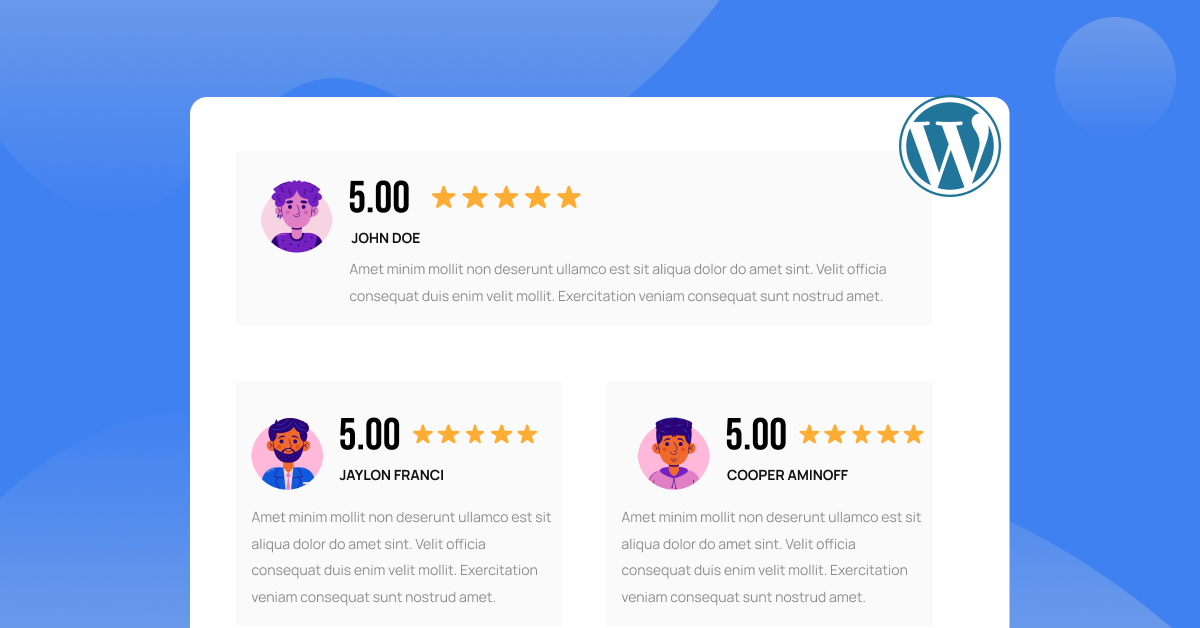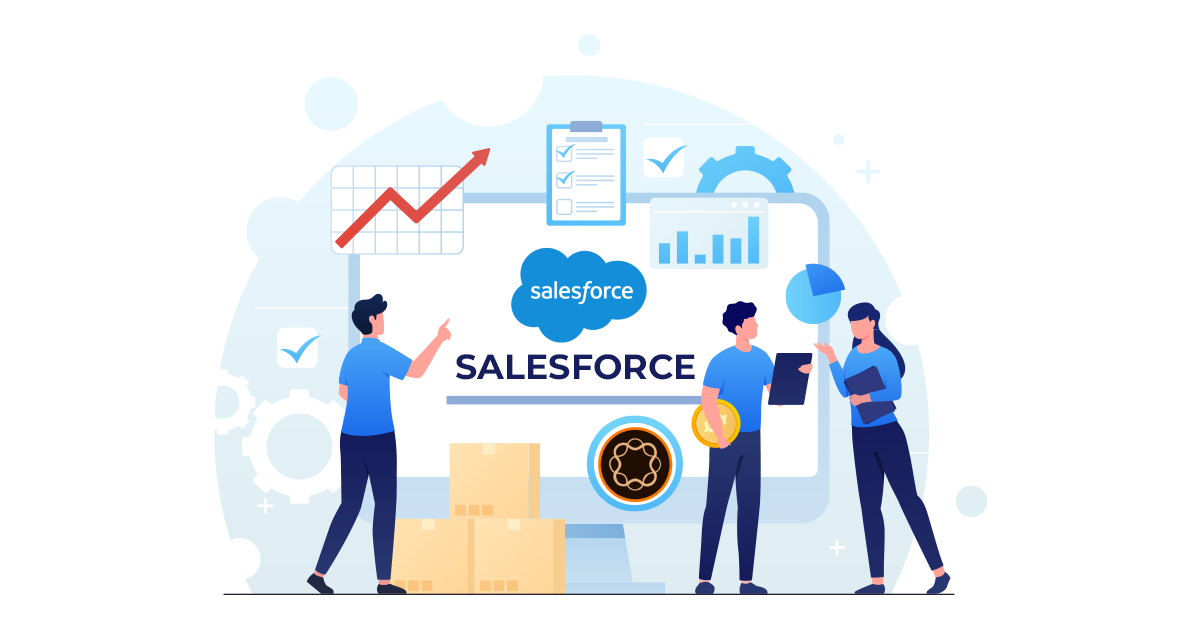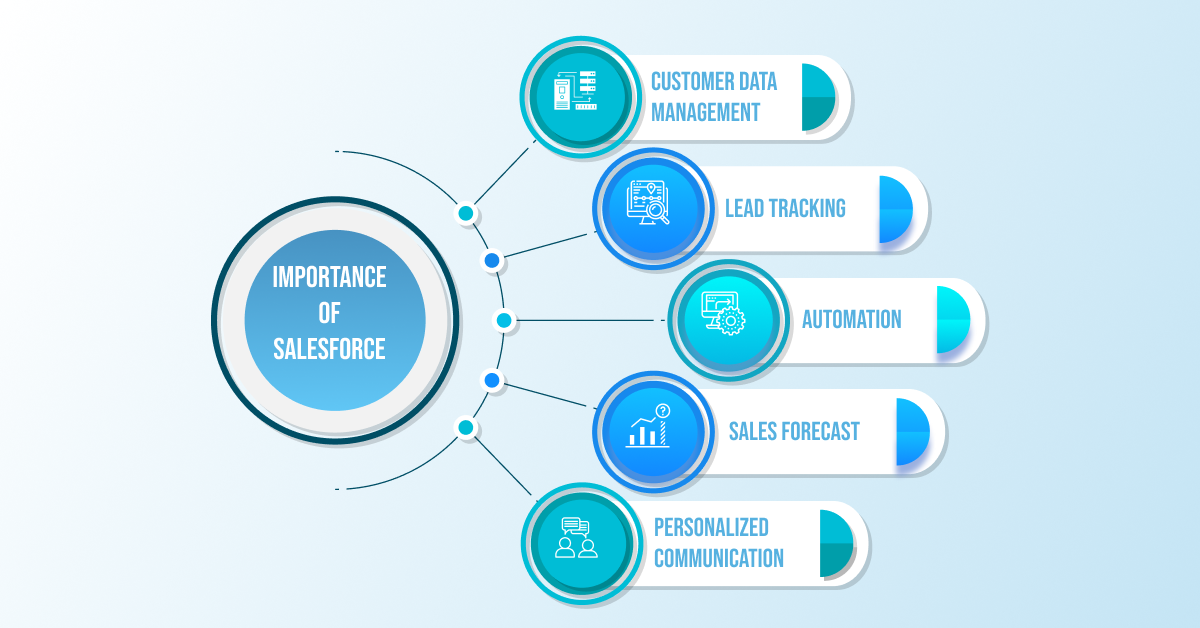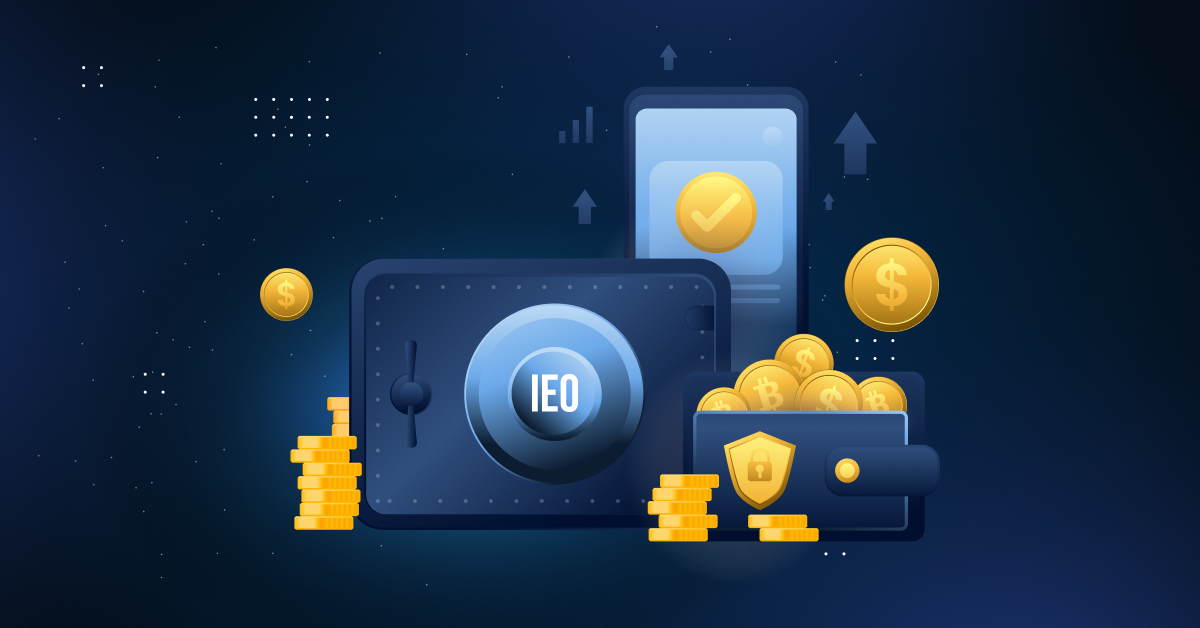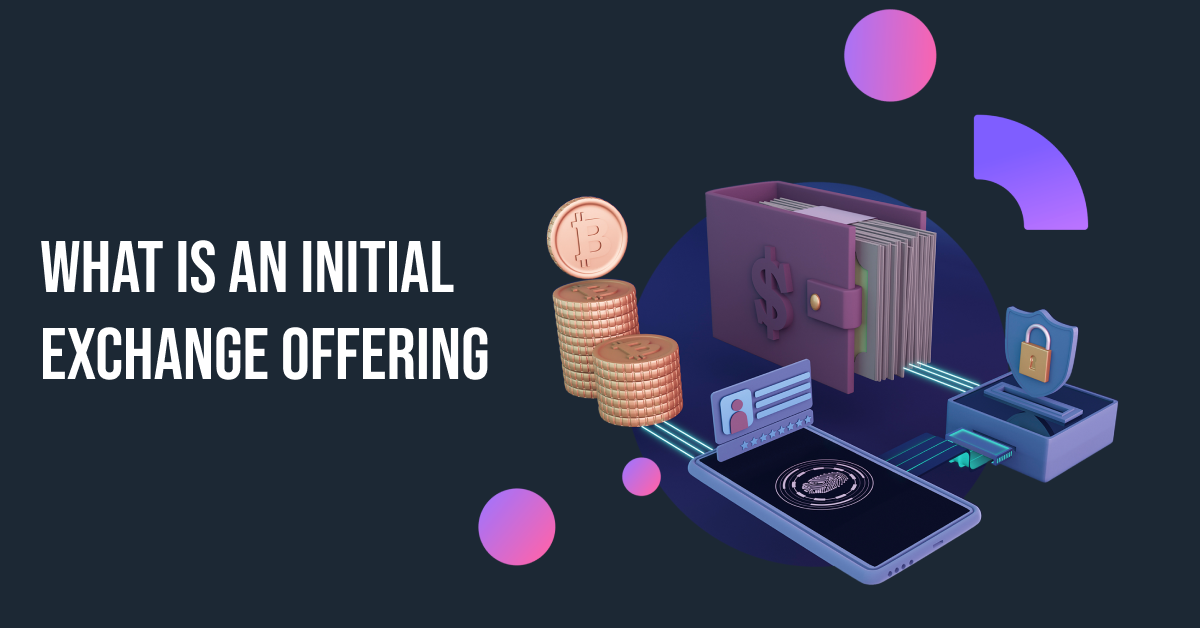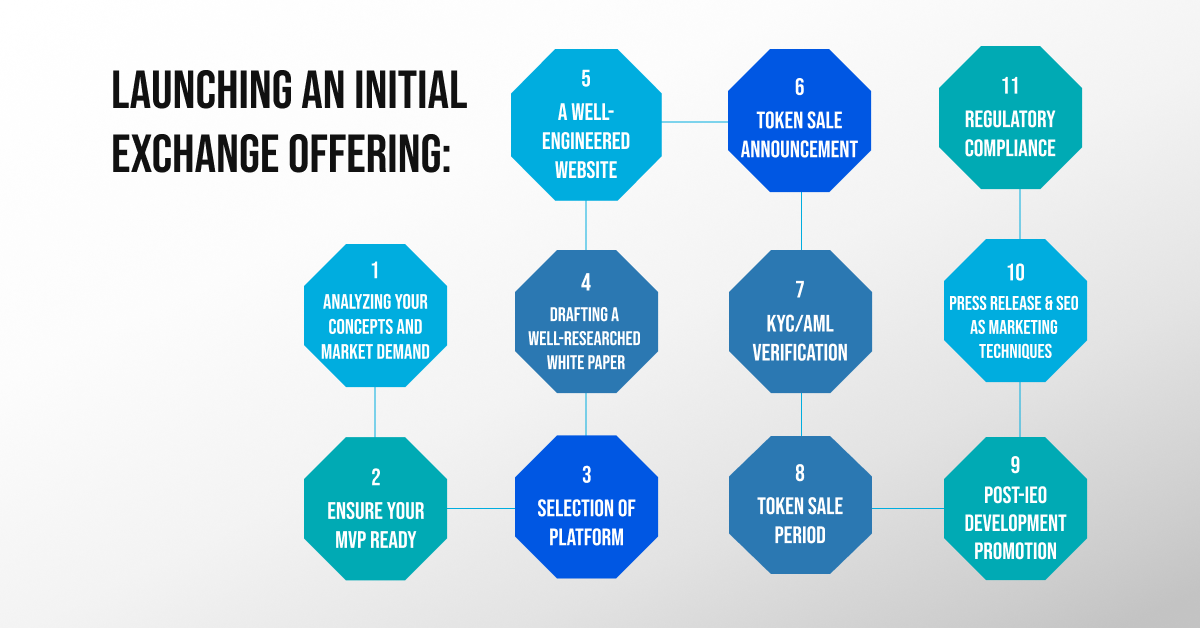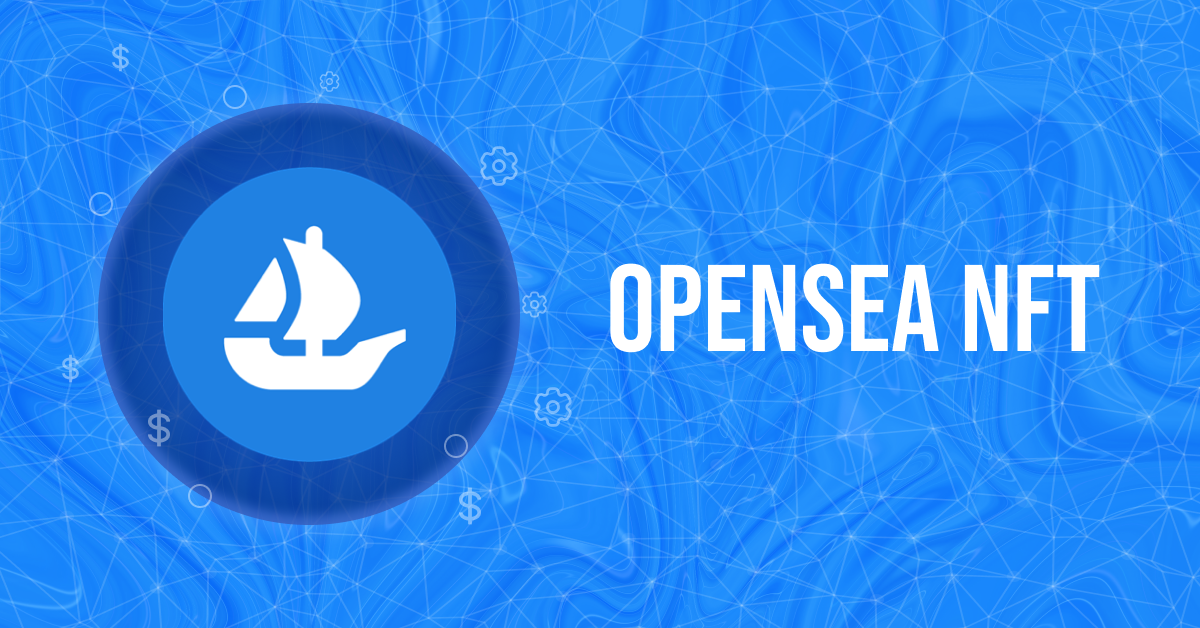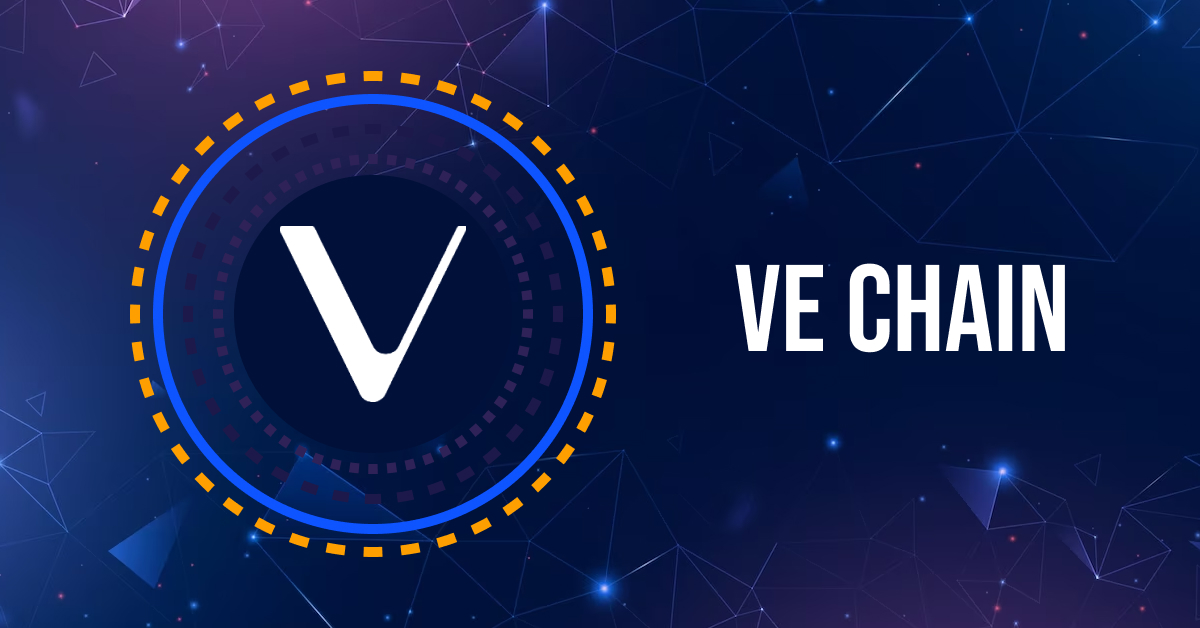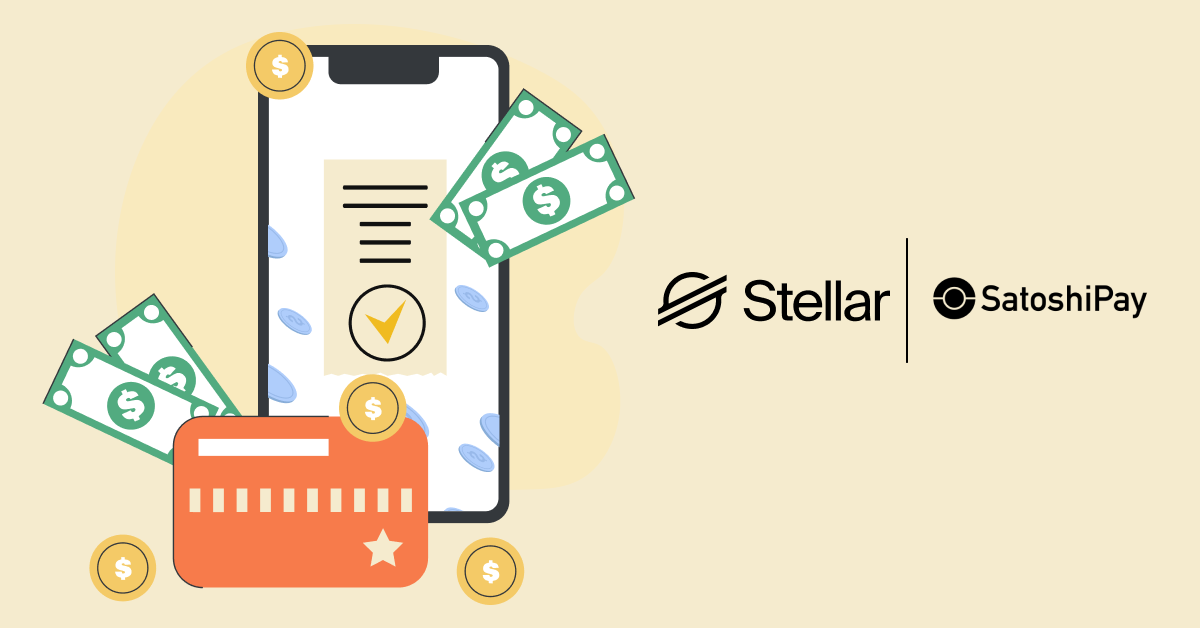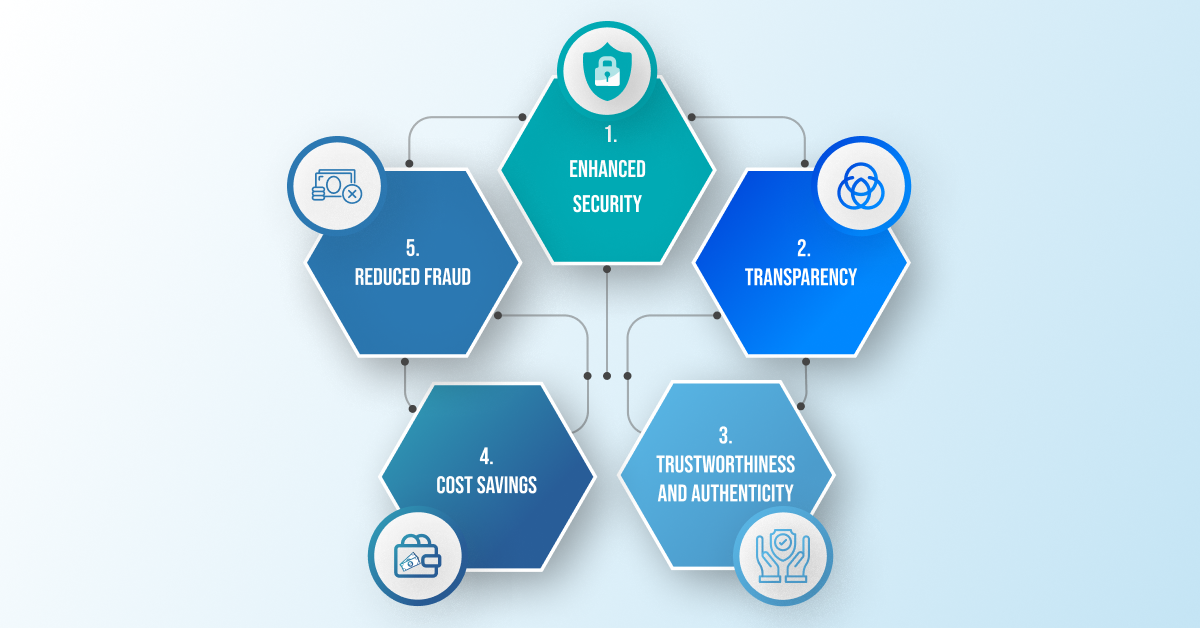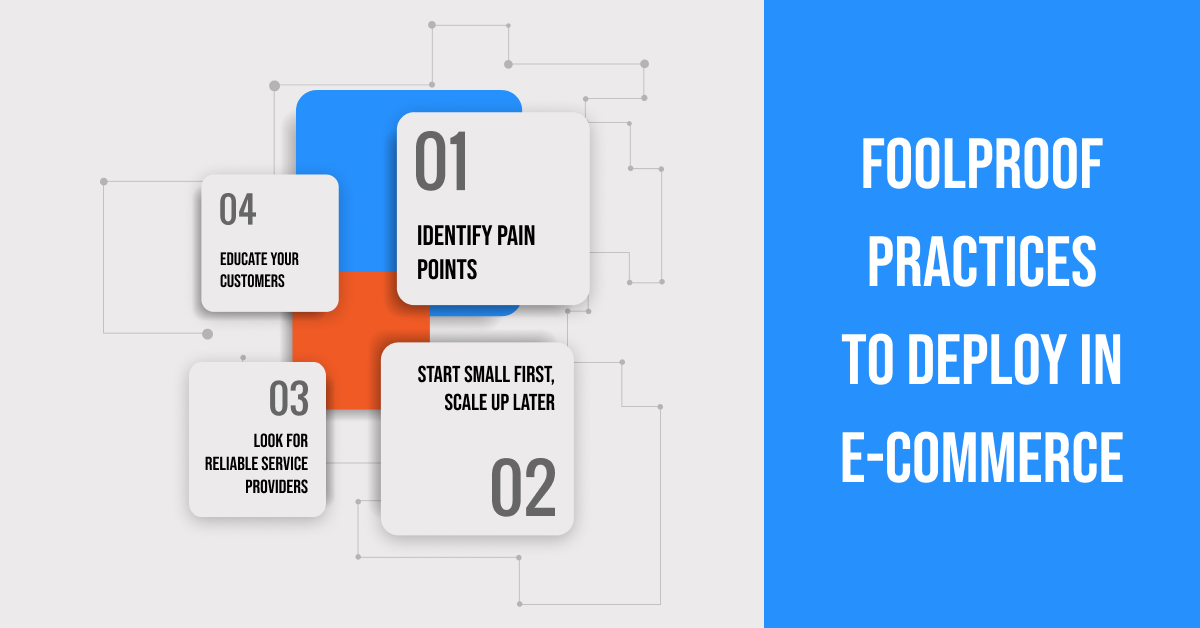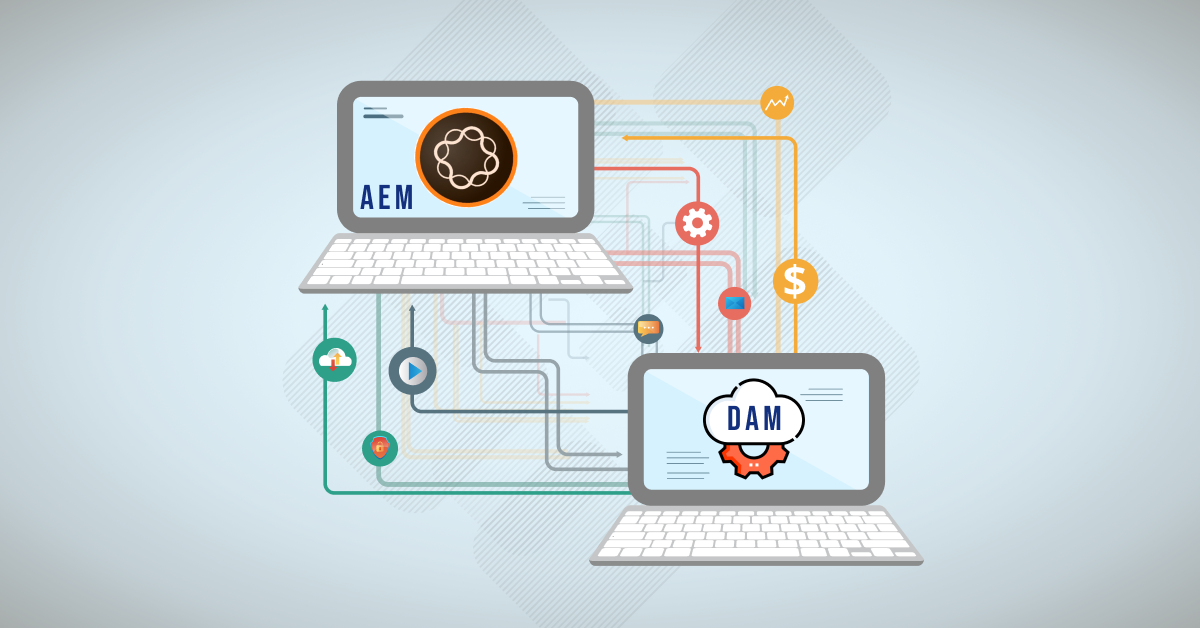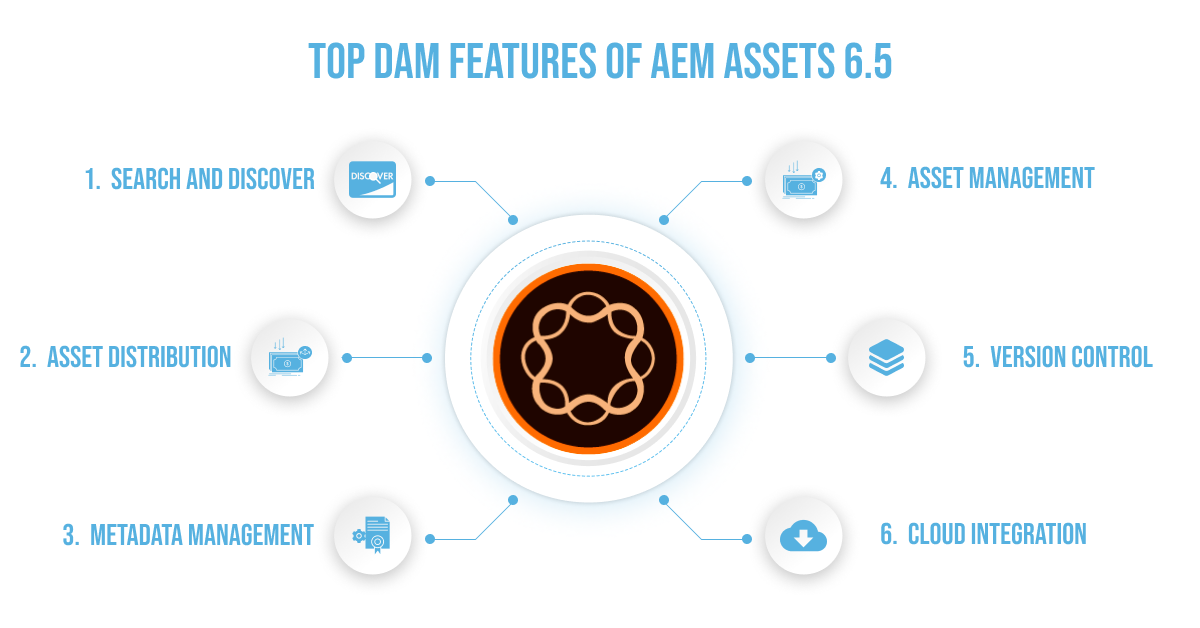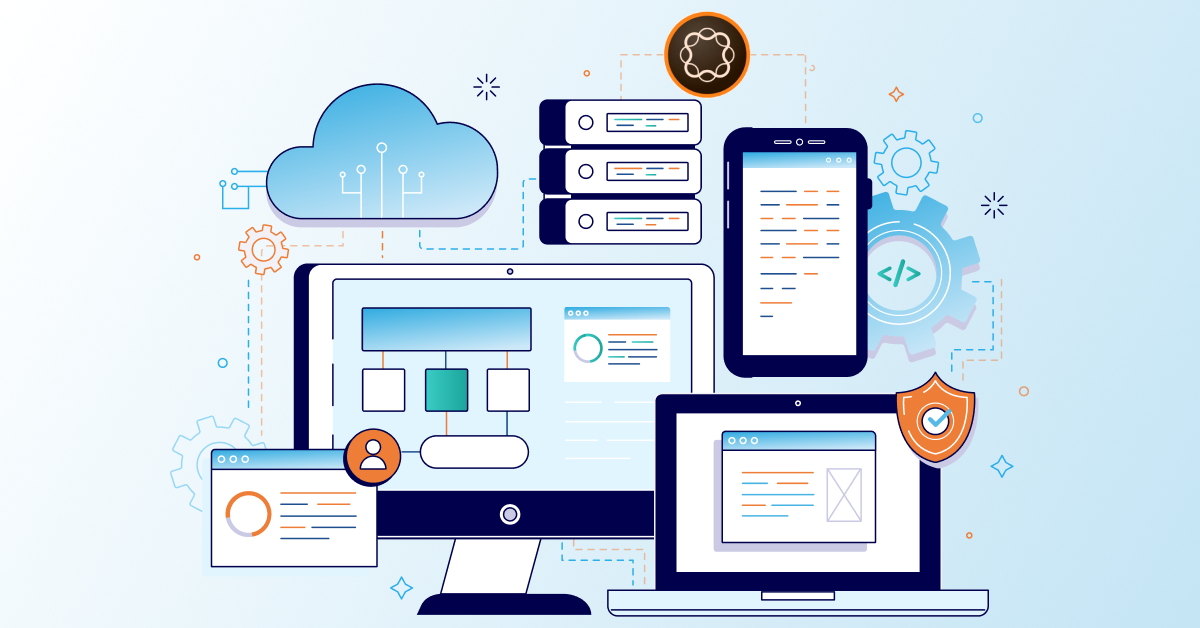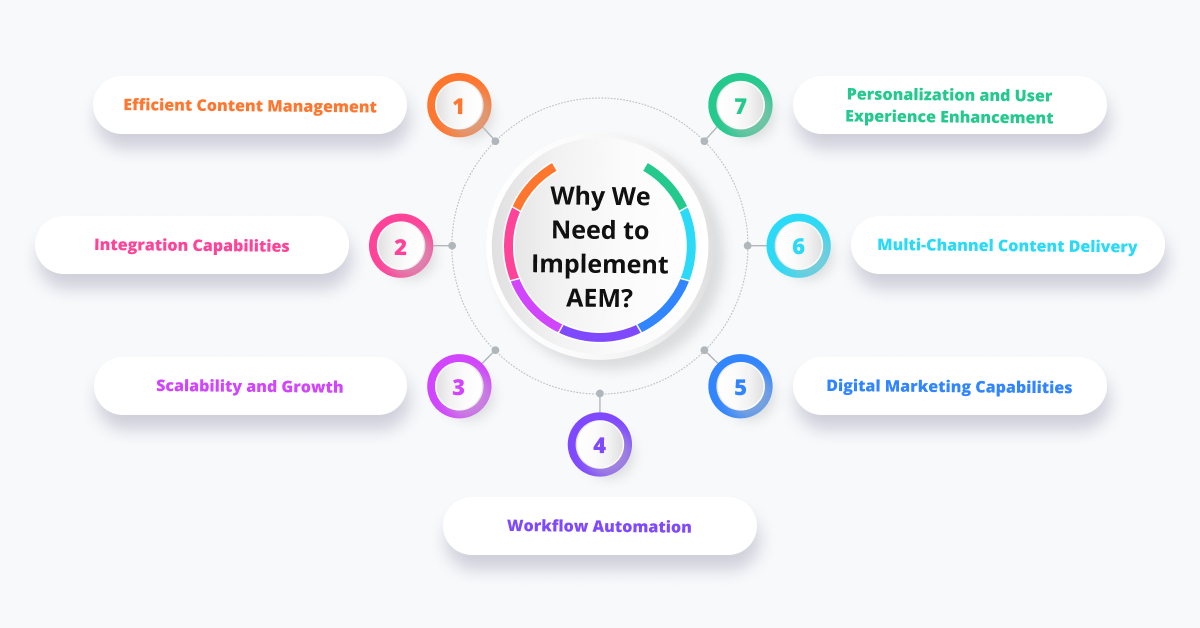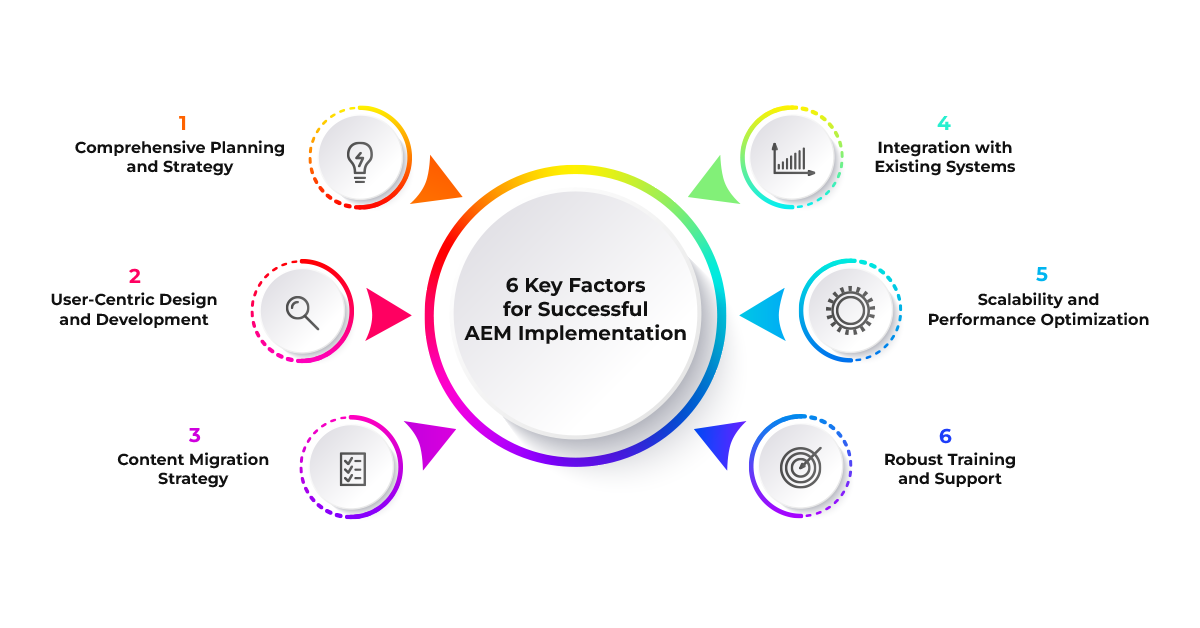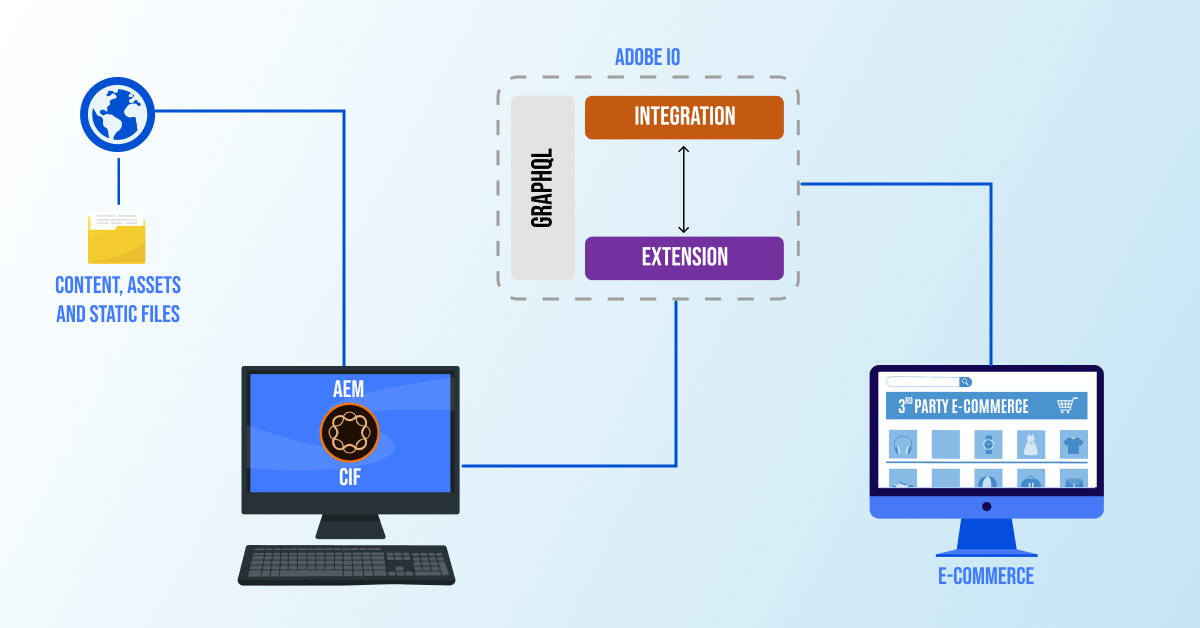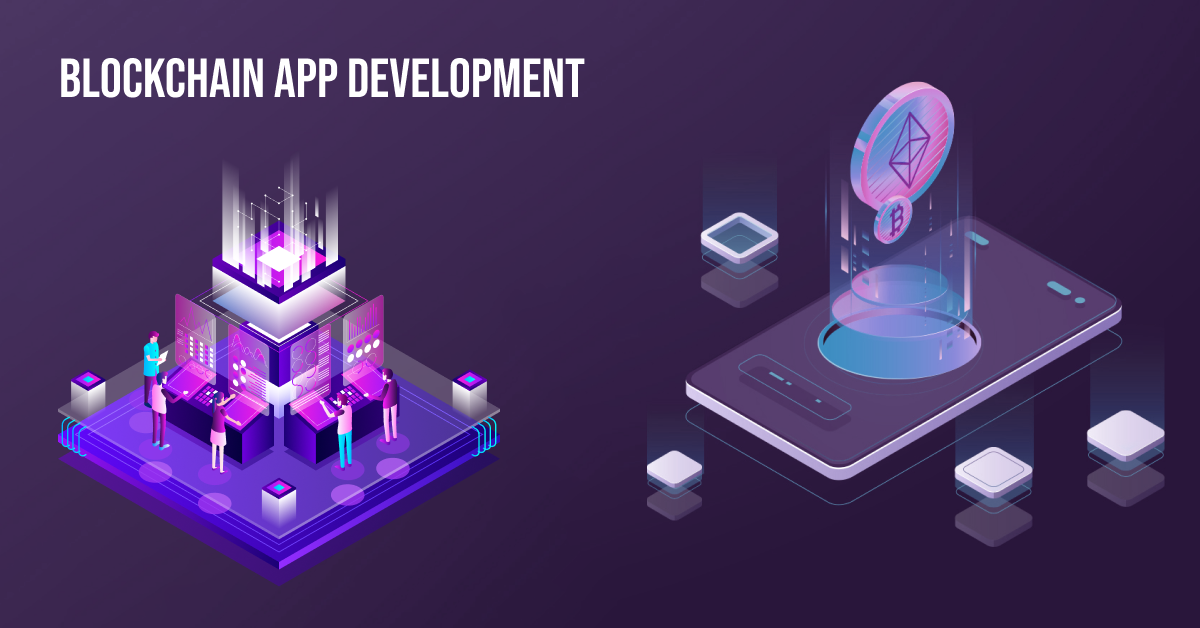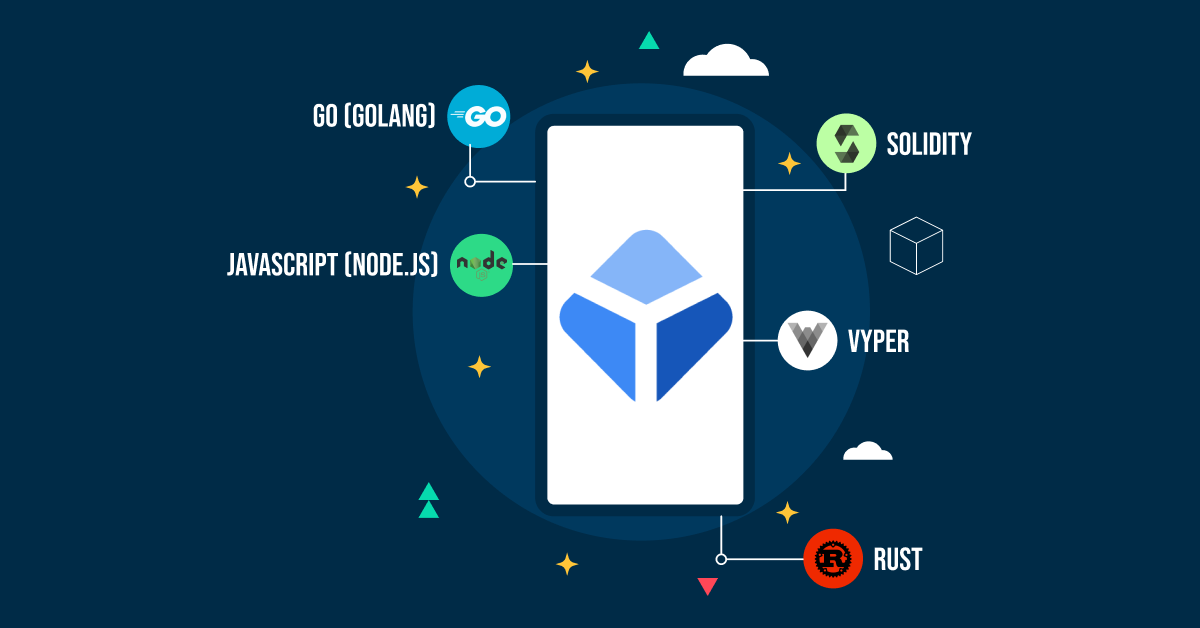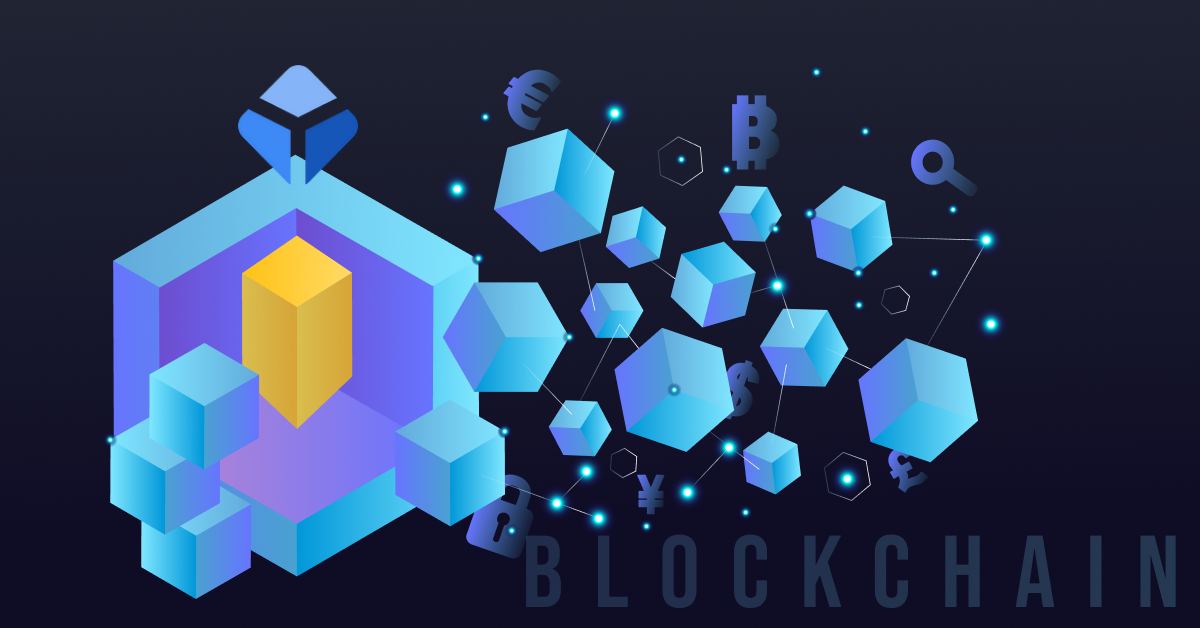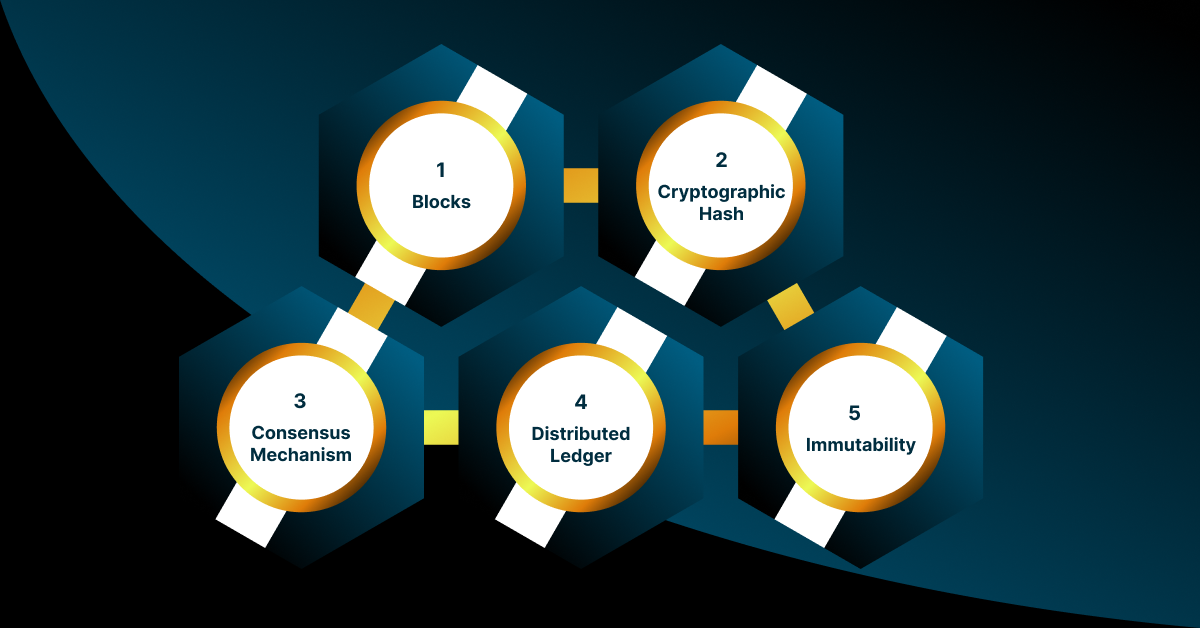What significance do Google reviews hold to improve your website’s credibility? Do Google reviews really help to increase website’s conversion rates? (These questions must be revolving in your mind)
But the answer to these questions lies right here. WordPress Google review plugin is the superior strategy or way to improve your website’s online presence and overall business. Check the website of any renowned business; you’ll witness a separate layout with Google reviews embedded there. Though many talented entrepreneurs are aware of the superior benefits of WordPress Google review plugins, they still don’t want to take action. 2023 is going to end soon, and you’ve skipped one more year by not embedding Google reviews to elevate the trustworthiness of your website. But there’s nothing to worry about. It’s better late than never. Why not take a 2025 resolution to make things better for your website by embedding Google reviews?
But how I’m going to embed Google reviews in WordPress? (This question must be in your mind.)
There’s no need to go here and there. Take a cup of coffee in your hand and sit comfortably to read this detailed blog post. We will discuss why Google reviews play such a crucial role in elevating a website’s online visibility, not Google reviews, but ‘Reviews’ as a whole concept. Then, we will list the best free WordPress Google review plugins to attract well-deserved traffic to your website. But, before discussing these all, let’s understand what, exactly, are the Google review Plugins.
So, without further ado, let’s get into it, best free WordPress Google review plugins.
What are the Google Review Plugins?
Google review plugins are third-party plugins and tools that are typically developed by independent developers or companies to help businesses display their Google reviews on their websites, manage reviews, and improve their online presence.
Why do Online Reviews Matter?
In today’s digital age, online reviews play an essential role in elevating any type of business. Whether you run a restaurant or corporate business, reviews form digital word-of-mouth marketing. Positive reviews can take your business from rags to riches, and one wave of negative reviews can also bring your business down from cloud nine. In short, online reviews matter because they influence customer perception, impact search visibility, provide valuable feedback, and help companies build trust among the general public.
Understand this by an example: when any movie releases, critics give their genuine reviews, and most probably, a movie with good word-of-mouth ultimately turns out to be a box office success. Even if the film doesn’t get box-office success, it does get nominated in prestigious award shows like the Oscars and becomes a center of highlight.
Remember, ‘The Shawshank Redemption’!
Therefore, a positive review is critical to make your venture successful. Whether it’s a movie or your business, online reviews impact your success.
Four Best Free WordPress Google Review Plugins in 2025:
Every individual has different types of points of view regarding which WordPress Google Review Plugin is reliable. That’s why we have gone through all Google Review Plugins to find the best ones. Given below is the list of the top free WordPress Google review plugins for 2025. May this new year take your business to new heights.
1. Everest Review Lite Plugin:
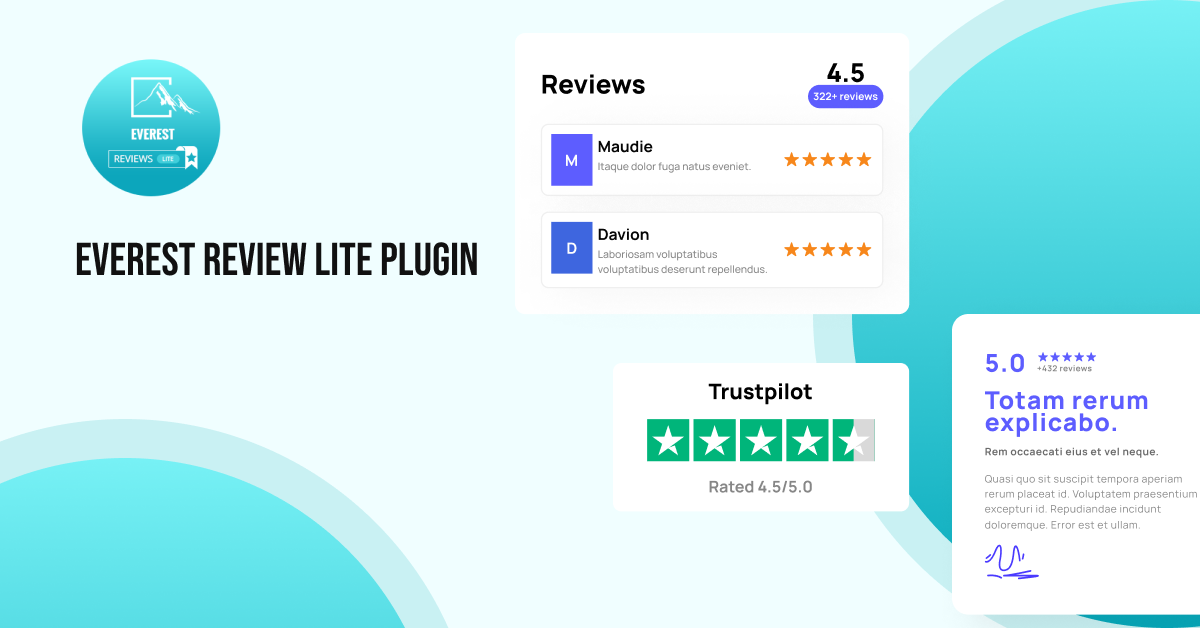
First up, we have the Everest Review Lite Plugin. As the name suggests, ‘Everest,’ its features and functions are also high, like Mt. Everest. Pardon us! That’s a silly comparison. Okay! Let’s get into it.
Everest Review Lite is one of the best Google review plugins for WordPress that offers easy integration of reviews through widgets and shortcodes. The most exciting thing about Everest Review Lite is it works based on 5-star ratings, allowing you to present Google reviews in different responsive layouts, such as sliders and lists.
Category:
Free
Main Features:
- A ‘Rate Us’ button allows new users to rate the website.
- Unrestricted access to Google Business Places
- A selection of 10 professionally crafted review templates
- Finally, five visually appealing floating review layouts
2. Review and Rating – Google My Business Plugin:
Google My Business is indeed the most widely recognized Google Reviews Plugin for WordPress. Many industry analysts find it an ideal WordPress Google Review Plugin, especially for those who want to indicate their customer’s experience with their business. Do you know what makes the Google My Business Reviews WordPress Plugin a reliable one? It’s user-friendly nature. Moreover, you don’t need to be professional to use this plugin. You just need to give your Google Places ID access to it, and within a few minutes, it’ll collect the necessary data and make a well-organized block of reviews on your website. Isn’t that easy?
Category:
Free
Main Features:
=> Access to over 20 pre-designed layouts
=> Incorporate structured data for optimal search engine visibility
=> Accommodates RTL language and styles effortlessly
=> Finally, personalize columns for reviews and their custom ordering
Plugin For Google Reviews:
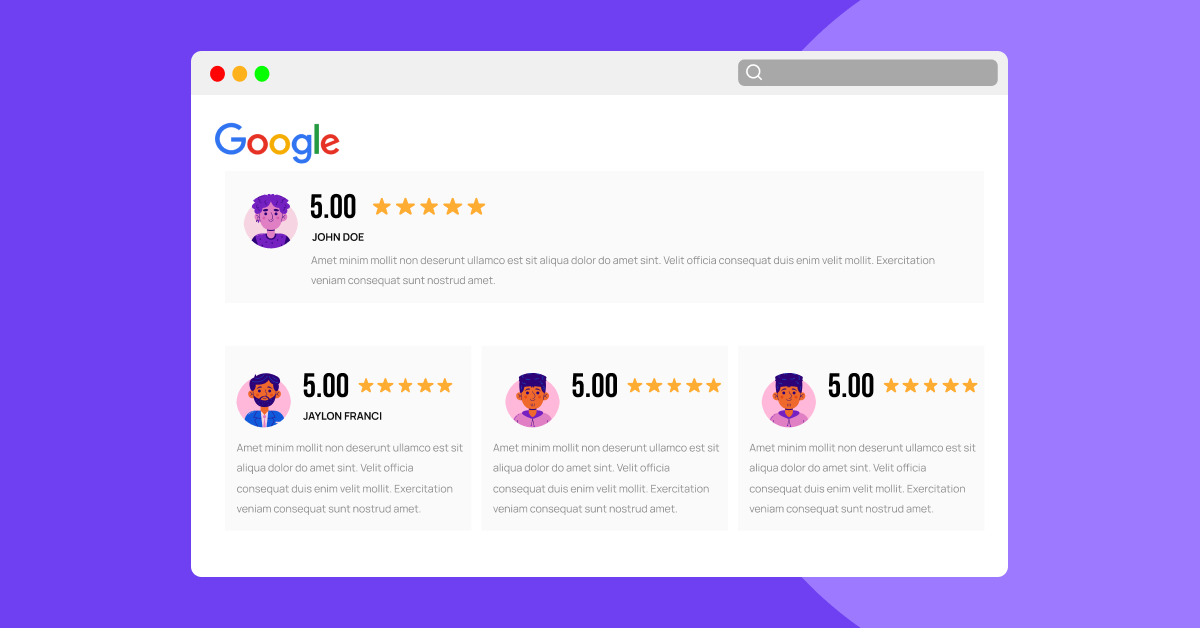
We’re talking about the top WordPress Google Reviews Plugin, and how can we forget WordPress’s very own plugin? Yes, you guessed it right, it’s Plugin For Google Reviews. Regarded as the best free WordPress Google Review Plugin by many, this plugin has the ability to display up to five Google Places Reviews on websites. Moreover, it automatically replaces or upgrades the old reviews with new ones. Isn’t that so cool? Yeah, but nothing less cool than we are acting like your ‘That Loud Friend.’ (Just kidding)
Category:
Free
Main Features:
=> Embeds a ‘Review Button’ on website, effortlessly
=> Allowing customers to share their feedback and ratings
=> Shows positive testimonials to improve brand awareness
=> Finally, retrieve the top five most valuable reviews via API requests
WP Google Review Slider:
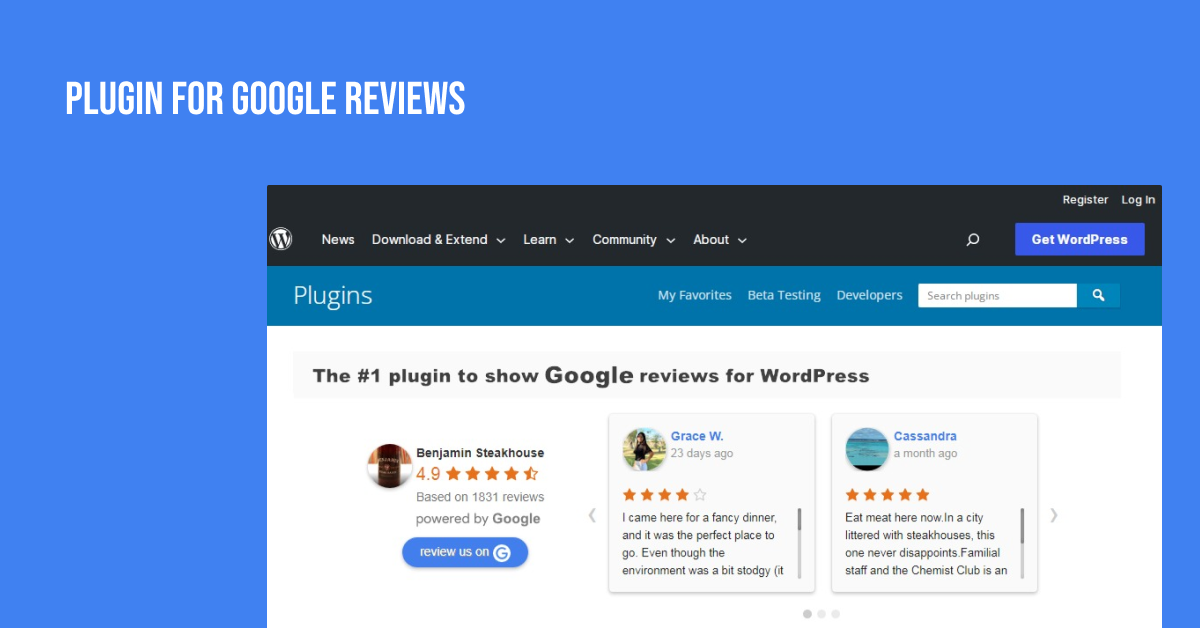
It is one of the most underrated WordPress Google Review plugins. With a simple and responsive grid, WP Google Review Slider effortlessly integrates Google reviews into your website. Additionally, it has a user-friendly nature, allowing you to create sliders for your reviews with a similar visual scheme to image sliders. It should be remembered that the life version of WP Google Review Slider is completely free, while the premium version can be accessed via monthly subscriptions.
Category:
Lite Version-Free, while Premium Version-Paid
Main Features:
=> Easily toggle visibility for specific Google reviews
=> Utilize pagination for seamless review navigation
=> Design a stylish summary badge for your reviews
=> Finally, e-mail alerts for low-rated reviews
What are Widgets and Short Codes?
You must have read ‘Widgets’ and ‘Short codes’ multiple times in the section of WordPress Google review plugin of this blog post. All our non-technical readers must be thinking, what exactly these two words are? So, widgets and short codes are tools used in web development to display some features or content overall on a website. Widgets are small blocks of code that can added to specific areas of a webpage, while Short codes are unique tags that can be inserted directly into the content of a post.
Benefits of Integrating Google Reviews on Your Website:
What do you think is why it is crucial to integrate Google reviews on your website? Because it looks cool. There are no arguments; it does look cool, but it also packs a bunch of benefits, too. So, let’s dive into why you should integrate Google reviews on your website.
Benefit #1: Credibility and Trust
Okay, understand this by an example. For example,
let’s assume you’re looking for laundry services. Now, you jumped onto Google to find a laundry company near you. You got stuck with two websites for different companies; one has an integration of customer reviews, while the other one doesn’t. So, as a normal human, you’ll automatically choose a company with customer reviews and ratings.
Therefore, by this, we mean to say displaying authentic Google reviews on your website through free WordPress Google Review Plugin will build trust with potential customers. Moreover, these reviews can serve as social proof of your business’s quality and reliability.
Benefit #2: Enhanced Visibility
Many industry analysts have confirmed that embedding customer Google reviews on websites can increase conversion rates by up to 270%. Moreover, it is one of the leading marketing strategies that can improve your website’s rankings on search results and online visibility. Furthermore, it can result in higher user engagement and potentially increased conversations.
Benefit #3: Feedback Loop
Why do reviews matter to anyone? Whether it be a movie or business. Because it acts as a direct line of communication between your business and its customers, customer feedback allows you to understand customer needs better, address concerns, and continuously improve your offerings. Understand this by an example:
Suppose you debut a new product from your business. Now, on making the product public, it is getting mixed reviews. Now, what can you do? The quality or narrative regarding the product can’t be changed, but at least you can know what exactly, went wrong with this product. By understanding the customer problems and their issues, you can take safety precautions for your upcoming products.
Deftsoft: Your Ultimate Partner in Integrating Google Reviews on WordPress
Using WordPress Google Review Plugins requires professional expertise and knowledge. That’s why consider Deftsoft your ultimate partner in integrating Google Reviews on WordPress. Additionally, our highly skilled professionals will effortlessly embed Google customer reviews on your website. Moreover, we can also help you in designing your website to make it visually appealing. With over 17 years of experience, Deftsoft is the leading web designing & development company. So, don’t look here and there; choose Deftsoft to elevate your business.
Final Thoughts:
In conclusion, integrating Google Reviews into your website is a pivotal step towards establishing trust and credibility with your audience. These authentic testimonials act as a powerful endorsement for your business, influencing potential customers’ decisions. Moreover, they enhance your online visibility and improve search rankings, ultimately leading to increased conversions.
Remember, reviews form a vital aspect of digital word-of-mouth marketing in today’s digital age. If you haven’t incorporated them yet, it’s never too late to start. As 2023 draws to a close, make a resolution for 2025 to boost your website’s trustworthiness with Google Reviews. Partner with Deftsoft, your expert ally in seamless integration. With over 17 years of experience, we’re here to elevate your business. Trust us for a visually appealing and credible online presence. Choose Deftsoft; choose success.
FAQs (Frequently Asked Questions):
Q-1: Why are Google Reviews important for a website’s credibility?
Ans: Google Reviews provide authentic feedback, building trust with potential customers and showcasing the business’s reliability.
Q-2: Can Google Reviews increase conversion rates?
Ans: Yes, studies show that integrating Google Reviews can boost conversion rates by up to 270%, influencing purchasing decisions.
Q-3: What are some of the top free WordPress Google Review Plugins and what are their key features?
Ans: The article lists Everest Plugin, Google My Business Plugin, WordPress Google Reviews & Ratings Plugin, and WP Google Review Slider, along with their respective features and categories.
Q-3: How do online reviews impact businesses?
Ans: Online reviews influence customer perception, affect search visibility, offer valuable feedback, and build trust among the public.
Q-4: What are Widgets and Shortcodes?
Ans: Widgets are small blocks of code for adding features, while Shortcodes are special tags for embedding content directly into posts or pages.
Q-5: How can Google Reviews improve a business’s online visibility?
Ans: Google Reviews enhance search rankings, leading to better visibility. Additionally, positive feedback attracts more visitors, potentially resulting in increased conversions.
Q-6: Why should I choose Deftsoft for Google Reviews integration?
Ans: Deftsoft brings over 17 years of expertise in seamlessly embedding authentic Google customer reviews, enhancing your website’s credibility.
